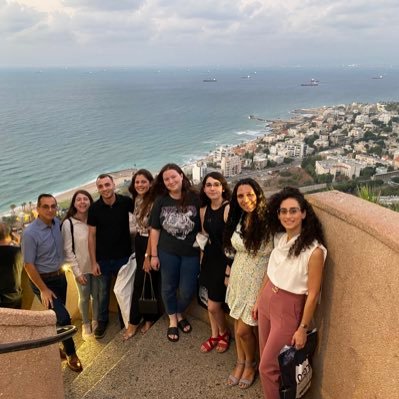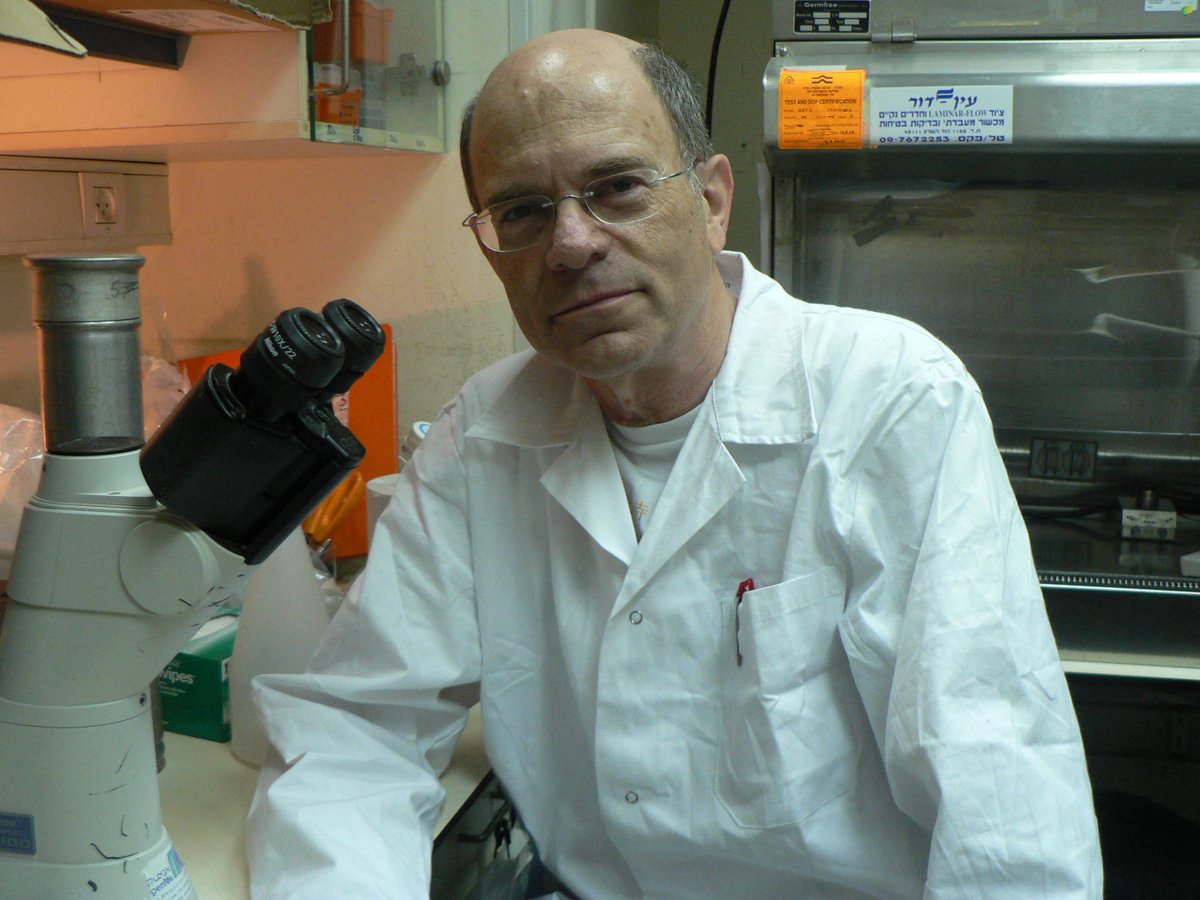
Nabieh Ayoub Lab
@ayoubnlab
Followers
250
Following
163
Media
1
Statuses
36
Our lab focuses on the characterization of new players in the DNA damage response and their exploitation for targeted cancer therapy.
Technion, Haifa, Israel
Joined November 2019
Excited to share our recent Spotlight at @MolecularCell highlighting how metabolite microenvironment shapes cancer treatment strategies. Thanks to Alma and Enas for their invaluable contribution @abarisaac @EZhayia.
cell.com
Metabolite microenvironment shapes cancer treatment strategies. In a recent paper in Nature, Jin et al. demonstrate that valine deprivation triggers HDAC6 entry into the nucleus, leading to accumul...
3
5
25
Thrilled to share our latest article in Trends in Genetics!.Ever wondered why RNA processing factors are recruited to DNA DSBs?.We propose two explanations that shed novel insights into the functional significance of RNA processing factors at DSB sites.
0
6
28
Join the Ayoub Lab at the Technion!.We are seeking motivated Master's and PhD students. Our lab focuses on unraveling the mysteries of DNA damage repair and developing innovative targeted cancer therapies. To apply please contact: Prof. Nabieh Ayoub: ayoubn@technion.ac.il.
0
19
38
Collectively, we revealed a novel role of RBM10 in fine-tuning DNA replication, and identified replication stress as an SL pathway with RBM10 loss. Also, we provided repertoire of RBM10 SL targets that can be therapeutically harnessed, with immediate clinical applicability.
0
3
4
Functionally, we demonstrate that RBM10 serves as an anchor for recruiting Histone Deacetylase 1 (HDAC1) to facilitate H4K16 deacetylation and R-loop homeostasis to maintain replication fork stability.
1
0
0
Mechanistically, we identify a splicing-independent role of RBM10 in promoting DNA replication fork progression that underpins RBM10-WEE1 SL. We also show that RBM10 interacts with active DNA replication forks, relying on PRIM1 enzyme that synthesizes Okazaki RNA primers.
1
0
0
We conducted a CRISPR-Cas9 synthetic lethality (SL) screen and identify ~60 RBM10 SL genes, including WEE1 kinase. We showed WEE1 inhibitor sensitizes RBM10-deficient LUAD cells in-vitro and in-vivo, and this effect is further exacerbated when combined with Aurora A inhibition.
1
0
0
Strikingly, RBM10 is the most mutated splicing factor in LUAD (~9-25% of all cases). RBM10 mutations drive carcinogenesis and limit the efficacy of current LUAD targeted therapies. Despite this, therapeutic strategies leveraging RBM10 deficiency remain unexplored.
1
0
0
We extend our gratitude to Prof. Itamar Simon and Joyce Kamar at the Hebrew University for their fruitful and outstanding collaboration in uncovering the role of RBM10 in DNA replication progression.
1
0
0
We are thrilled to share our discovery about targeting RBM10-deficiencey in lung adenocarcinoma (LUAD). We revealed a novel role of RBM10 in fine-tuning DNA replication and provide therapeutic arsenal for targeting RBM10-deficient tumors. 🧵⬇️.
1
5
14
Warmest congratulations on your achievement Yossi!!!!💐.
Congratulations Yosef Shiloh of @TelAvivUni, newly inducted NAS international member! #NAS161 #NASmember #genetics #biochemistry #medicine
0
0
0
RT @theNASciences: Congratulations Yosef Shiloh of @TelAvivUni, newly inducted NAS international member! #NAS161 #NASmember #genetics #bioc….
0
15
0
RT @dvir_a: Bella Ben-Oz from Nabieh Ayoub's lab presented her recent @NatureComms paper on the dual role of RBM42
nature.com
Nature Communications - Here the authors show a function of RBM42 in regulating splicing and translation of the p53-target gene CDKN1A/p21. This makes RBM42 an RNA-binding protein that links...
0
1
0
We express our heartfelt gratitude to our collaborators, Yael Mandel-Gutfreund and Oded Kleifeld, for their substantial and invaluable contributions throughout this research endeavor.
0
0
1
Our findings reveal that RBM42 plays a pivotal role in regulating both splicing and translation, intricately fine-tuning gene expression, particularly that of CDKN1a/p21 during DNA damage response.
1
0
2
We are thrilled to share our latest manuscript in Nature Communication unveiling a dual role of a poorly-characterized RNA binding protein, RBM42.
nature.com
Nature Communications - Here the authors show a function of RBM42 in regulating splicing and translation of the p53-target gene CDKN1A/p21. This makes RBM42 an RNA-binding protein that links...
5
5
30
3 months ago @tandfonline published my article. Has your research been impacted by it? #AcademicTwitter.
tandfonline.com
DNA double-strand breaks (DSBs) are highly toxic lesions that threaten genome integrity and cell survival. To avoid harmful repercussions of DSBs, a wide variety of DNA repair factors are recruited...
1
0
4
Excited to share our our latest work about targeting RBM10 deficiency in lung adenocarcinoma….
0
1
3
RT @biorxivpreprint: Targeting RBM10 deficiency in lung adenocarcinoma #bioRxiv.
0
2
0





